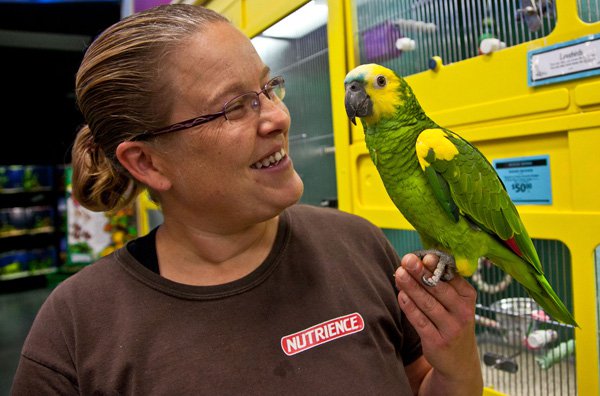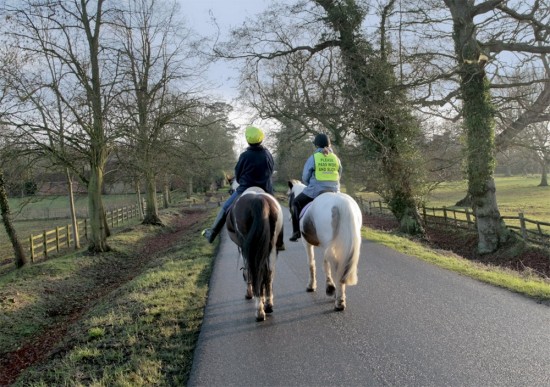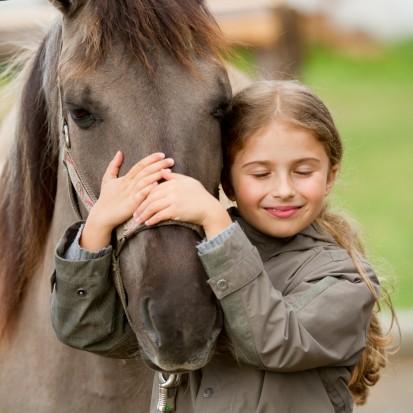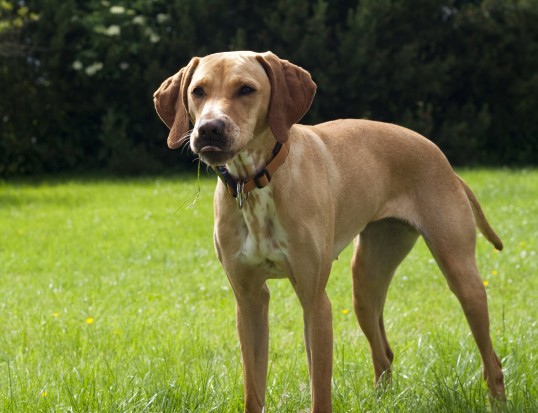
Dogs are loving and loyal companions, and they make great family pets. If you think your family is ready to bring a canine friend into the home, then you need to ensure that your home and yard are ready to receive your new family member. Much like bringing home a baby for the first time, you'll want to "puppy proof" your home and yard as much as possible.
While there are many things you'll need to do around the house, this article will focus on helping you to determine whether or not your yard is ready and safe for a dog. Keep reading for tips on things you'll need to check.
You may not know it, but there are many different plants that can be poisonous to a dog. The trouble is, dogs have a tendency to chew on anything and everything, obviously unaware of how it will affect their health. (If they knew any better, they probably wouldn't try eating your shoes either.) That means it's up to you to ensure that there are no plants in your yard that could pose a health hazard to your new dog.
One of the most common plants homeowners have that can harm a dog is aloe vera. This plant is popularly used to soothe sunburns and bug bites, but if a dog decides to chew on one of the fluid-filled leaves, they can become quite sick. If you have any aloe plants in your yard, consider putting them in a planting pot and setting them somewhere high, out of a dog's reach. Here are a few other plants you should keep an eye out for:
For a full list of plants toxic to dogs, check out the ASPCA's website.
If you're going to be letting your dog run around in your back yard, you want to make sure that your fencing is solid and secure. It should completely enclose your yard, of course, but you will also want to check for any weak points. Look for areas along the base of the fence that have large gaps above the grass. Even if they're not large enough for your new dog to slip through, these gaps may encourage dogs to dig along the fence and lead to them digging their way out.
You'll also want to look for loose or splitting boards, which can be common in a wooden fence. Walk around the perimeter of your yard, prodding or kicking the boards to make sure they're secure. If you find that you have a lot of weak spots in your fence, then you may want to replace it with vinyl picket fencing in Thousand Oaks.
Whether you're planning on having your dog spend most of their days outside, or you only plan to let them out in the yard when they want to, you need to make sure that your dog has a way of sheltering themselves from the elements.
If your dog will be an "outside dog," as the saying goes, then you should have a shed, kennel, or dog house for them. If you'll be having more of an "inside dog," you'll still want to make sure that there is some type of shelter your dog can use for shade or to get out of the rain. After all, odds are that your dog will be left outside for several hours at some point, perhaps while you're out running errands, and they should be able to find shelter when they need it.
Check these 3 things before bringing a dog into your backyard, and address any problems you notice. If you need to install new vinyl picket fencing in Thousand Oaks, make sure this is done well in advance of you bringing your new dog home.
 Chicken Runs: So that Your Hens Can Roam Around Freely
Chicken Runs: So that Your Hens Can Roam Around Freely
Chicken Runs: So that Your Hens Can Roam Around Freely
Chicken Runs: So that Your Hens Can Roam Around Freely
 Riding Out In The Winter - Tips To Staying Safe
Riding Out In The
Riding Out In The Winter - Tips To Staying Safe
Riding Out In The
 Considerations When Buying A First Pony For Your Child
Considerations Wh
Considerations When Buying A First Pony For Your Child
Considerations Wh
 The Origins Of Our Feline Friends - Cats
The Origins Of Ou
The Origins Of Our Feline Friends - Cats
The Origins Of Ou
 How To Deal With A Strange Dog Wandering Onto Your Property
How To Deal With
How To Deal With A Strange Dog Wandering Onto Your Property
How To Deal With
Copyright © 2005-2016 Pet Information All Rights Reserved
Contact us: www162date@outlook.com